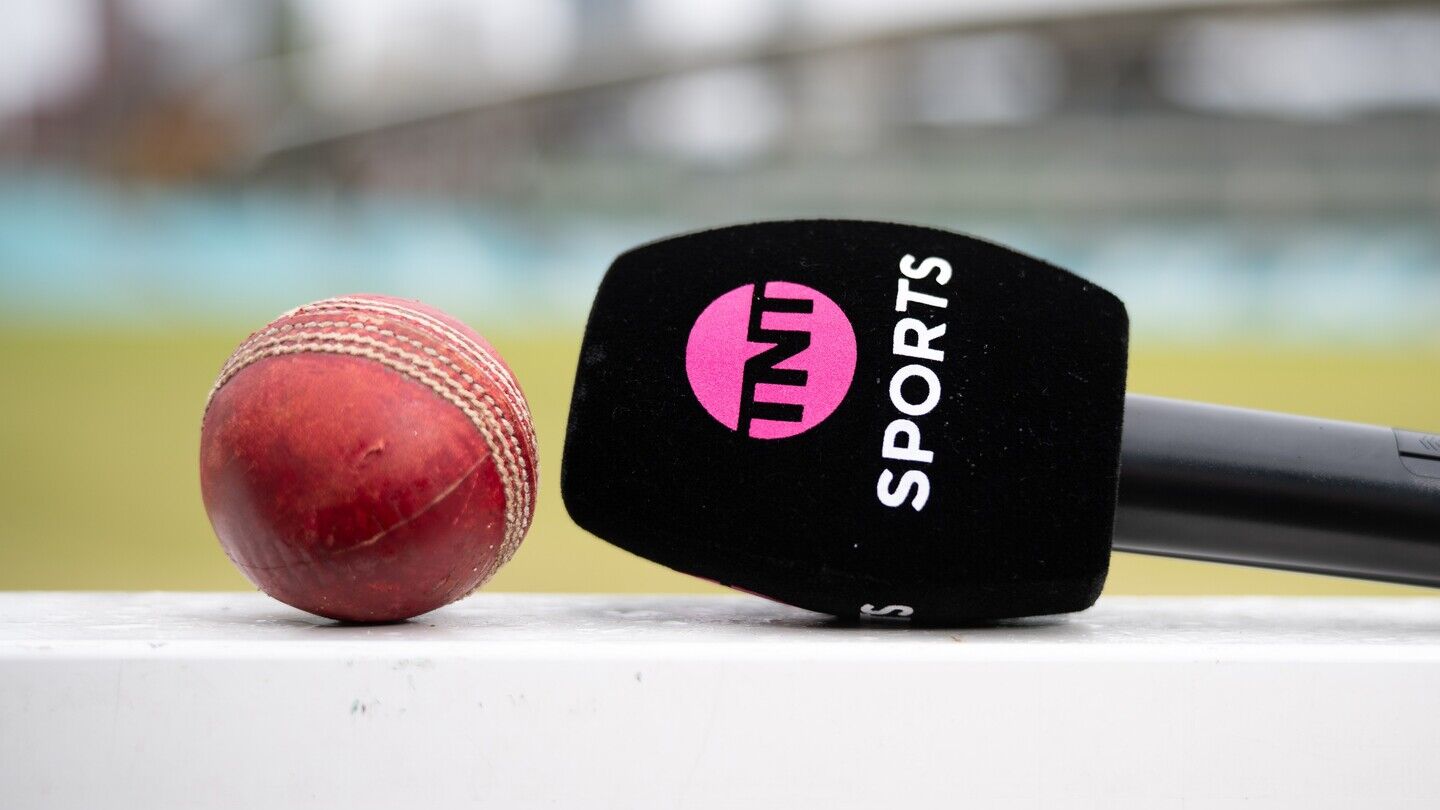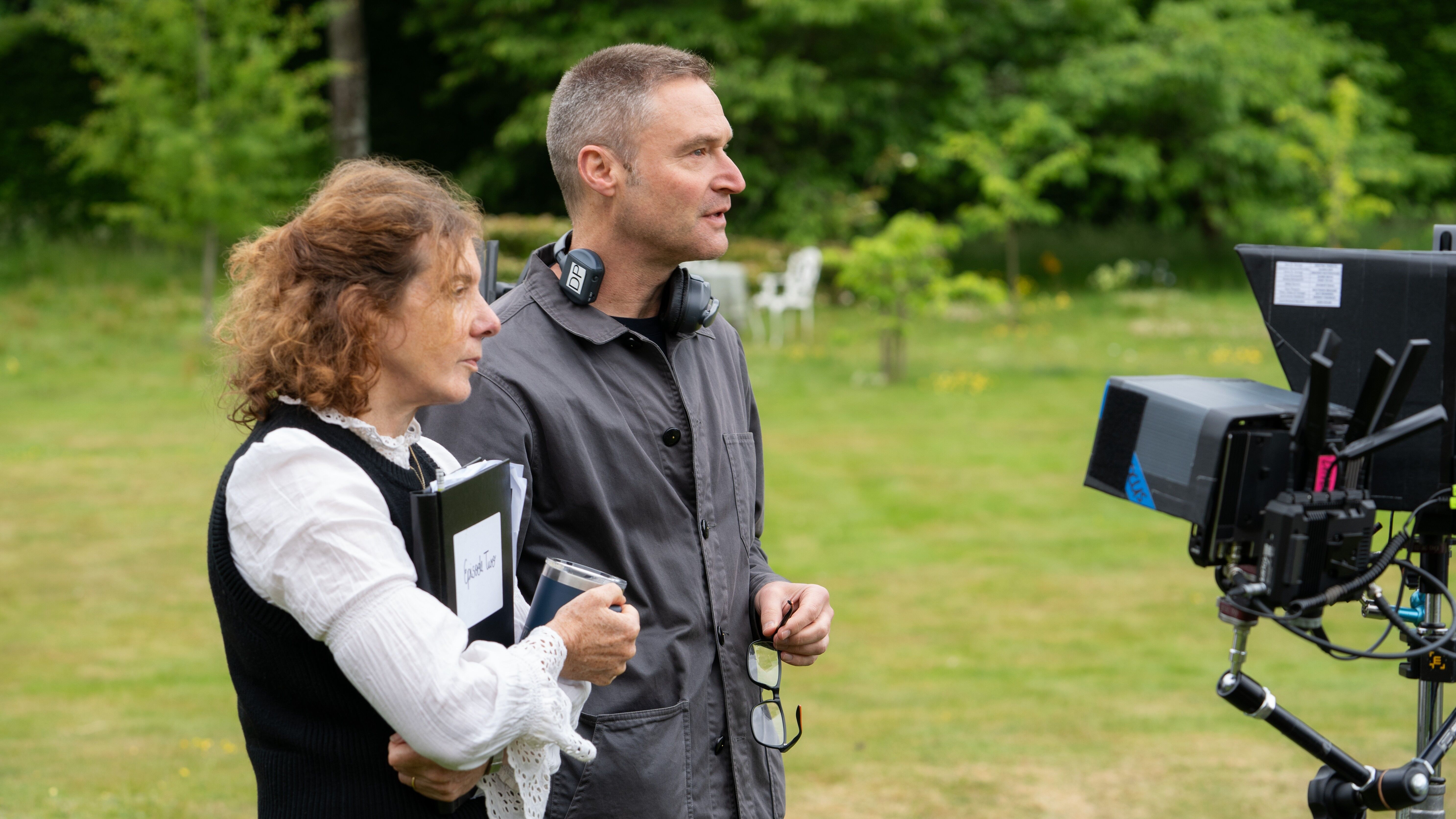Girls with money, men with power. A group of fun-loving young American girls explode into the stiff upper lipped London season of the 1870s, kicking off an Anglo-American culture clash in Apple TV series The Buccaneers, reports Adrian Pennington.
The ensuing drama is played out to a soundtrack featuring female musicians from Taylor Swift to Olivia Rodrigo. “There is the intent from ground zero to reinvent the genre and let it cut loose from the corset strings of period drama tropes,” said Oliver Curtis BSC (Netflix’s Stay Close) who helped design the show look and shot episodes 1 and 2 with director Susanna White (BBC’s Bleak House). “It’s about a collusion of attitudes and sensibility which, from a stylistic point of view, could take you in lots of different directions.”
Inspired by Edith Wharton’s unfinished final novel of the same name, from series creator Katherine Jakeways, the eight-part drama is produced by Forge Entertainment and stars Norwegian actresses Kristine Frøseth and Alisha Boe with Mia Threapleton and Christina Hendricks (Mad Men).
Curtis had not made a period drama since...
You are not signed in
Only registered users can read the rest of this article.

Behind the scenes: Hamnet
Look, lighting and camera movement were stripped back to basics by cinematographer Lukasz Żal to create the stage for Shakespeare’s personal tragedy.

Behind the scenes: The Running Man
Scenes structured like Russian nesting dolls present Editor Paul Machliss with a challenge in completing this deadly reality TV show.

TNT Sports and The Ashes: “We need to be at the heart of the story”
TNT Sports takes a hybrid approach as England’s cricket team heads down under with a sporting chance of returning with a little urn. Adrian Pennington reports.

Behind the scenes: Frankenstein
Cinematographer Dan Laustsen tells IBC365 why he and Guillermo del Toro turned the classic nightmare, Frankenstein, into a love story of ice and warmth between father and son.
Behind the scenes: Good Boy
From casting his own dog as the lead to shooting at a dog’s eye level, first-time Feature Director Ben Leonberg has perfected a filmmaking process built entirely around a pet. The result? Critical acclaim and a viral smash for horror season.




